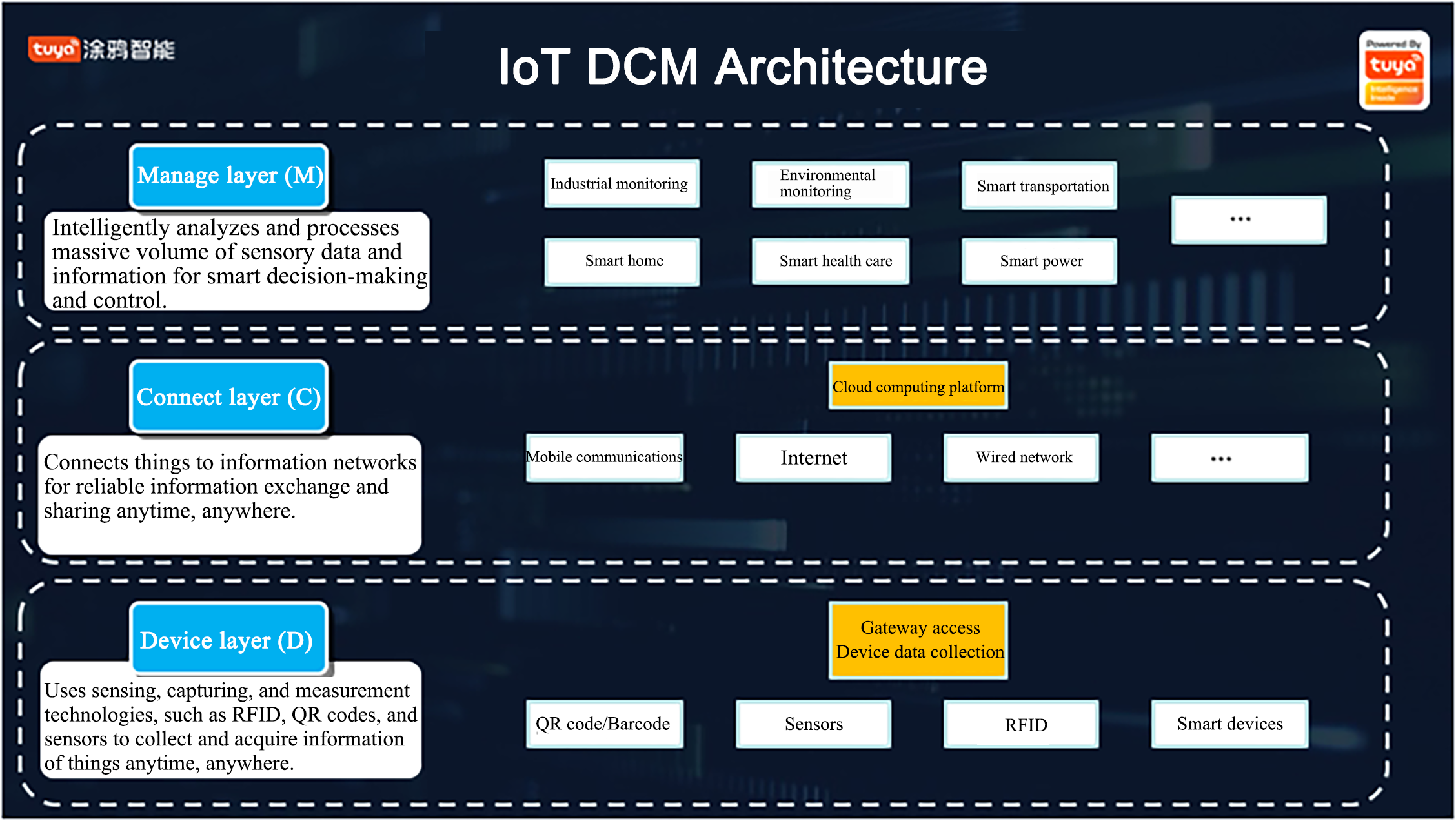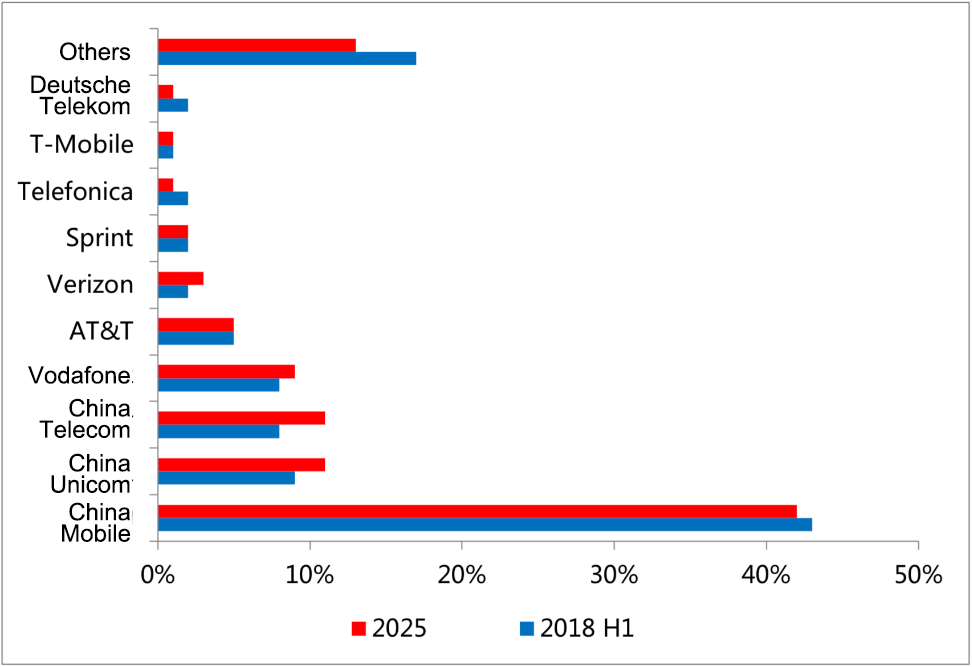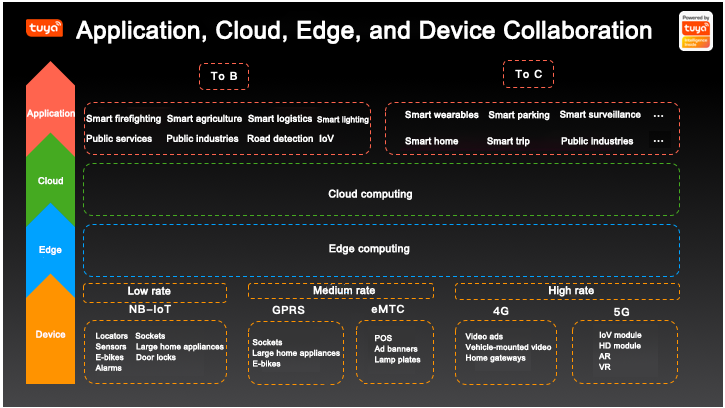What is IoT?
Last Updated on : 2023-12-07 03:02:51download
On the basis of the Internet, the Internet of Things (IoT) extends and expands the communication to the connection between things and things, and things and people. In the Internet of Things mode, all objects are connected to the network, if rules are triggered, certain actions and communications are performed.
The Internet of Things is an extension of the Internet. The Internet connects participants through computers, mobile phones, and other devices. However, the Internet of Things connects devices by using sensors, chips, and wireless modules, forming a brand-new information exchange method.
The three elements of IoT
The formation and management of the Internet of Things rely on the following elements.
-
Device networking capability: through different network protocols and communication standards, the device can be connected to the control application and perform intelligent operations.
-
Cloud: provides data services such as monitoring, storage, and analysis, and guarantee the security of your business data.
-
Control application: receives data information and control instructions from the devices and the cloud. The control application is usually an app, a smart cloud, and other devices (such as Google Home, Amazon Echo, and beyond).
The three-layer DCM architecture
The IoT system architecture can be divided into three logical layers of DCM from bottom to top.
-
Perception layer (Device): it belongs to the first layer of the DCM architecture and is responsible for comprehensive perception. It uses radio frequency identification (RFID), QR code, sensors, and other detection, capture, and measurement technologies to collect and obtain information on devices anytime and anywhere.
-
Network layer (Connect): it is responsible for reliable connectivity. It connects objects to the information network and relies on communication networks and protocols to achieve credible information interaction and sharing.
-
Application layer (Manage): it is responsible for intelligent processing, analysis, processing of massive data and information, and achieving intelligent decision-making and control.

Industry overview
-
The number of connections is sharply increasing
In 2018, the number of IoT connections in China is steadily and enormously growing. The well-known market research company Counterpoint has issued a report showing that the number of Internet of Things connections of three major operators in China accounted for more than 60% of the global cellular IoT as of mid-2018, and this share is expected to be retained by 2025.

-
The fierce and challenging development of 5G technology
The 5G technology was one of the hottest topics in 2019. In the same years, the MIIT (Ministry of Industry and Information Technology) of China issued a temporary 5G commercial license, marking the first year of 5G.
According to the work of the 3GPP organization, the current 5G standards focus on the enhanced mobile broadband (eMBB) scenario. From 2019 to 2020, the first commercial use of 5G also focuses on this scenario. However, the eMBB is frequently used in the mobile Internet and focuses on human-to-human communication, with limited support for IoT applications. The standardization of Ultra-Reliable Low-Latency Communication (URLLC) and massive Machine Type of Communication (mMTC) are not completed yet, and commercial advancement is slower. Yet the technologies in these two scenarios are the core support for 5G applications in the IoT field.
-
Combination of cloud, edge, and end boosting AI and IoT integration
Cloud computing, device management, and edge computing compose a coordinated system that is dynamically deployed and allocated based on user cases, resource constraints, and real-time business performance to form reliable and low-cost IoT solutions. Different roles such as cloud computing vendors, IT vendors, operators, and manufacturers have different understandings of the concept of edge computing, edge node locations, and edge computing capabilities, but the consensus that the IoT solutions are collaborated by cloud, edge, and the device has been reached.

In view of the development in the past few years, AI has been integrated at multiple levels of the Internet of Things, and the architecture capability of device-side AI, edge-side AI, and cloud-side AI are all available. Some well-known Chinese companies, such as Hikvision, Megvii Technology, and Horizon Robotics, have released IoT-related platforms and products, hoping to achieve more business growth through AI+IoT.
Is this page helpful?
YesFeedbackIs this page helpful?
YesFeedback





